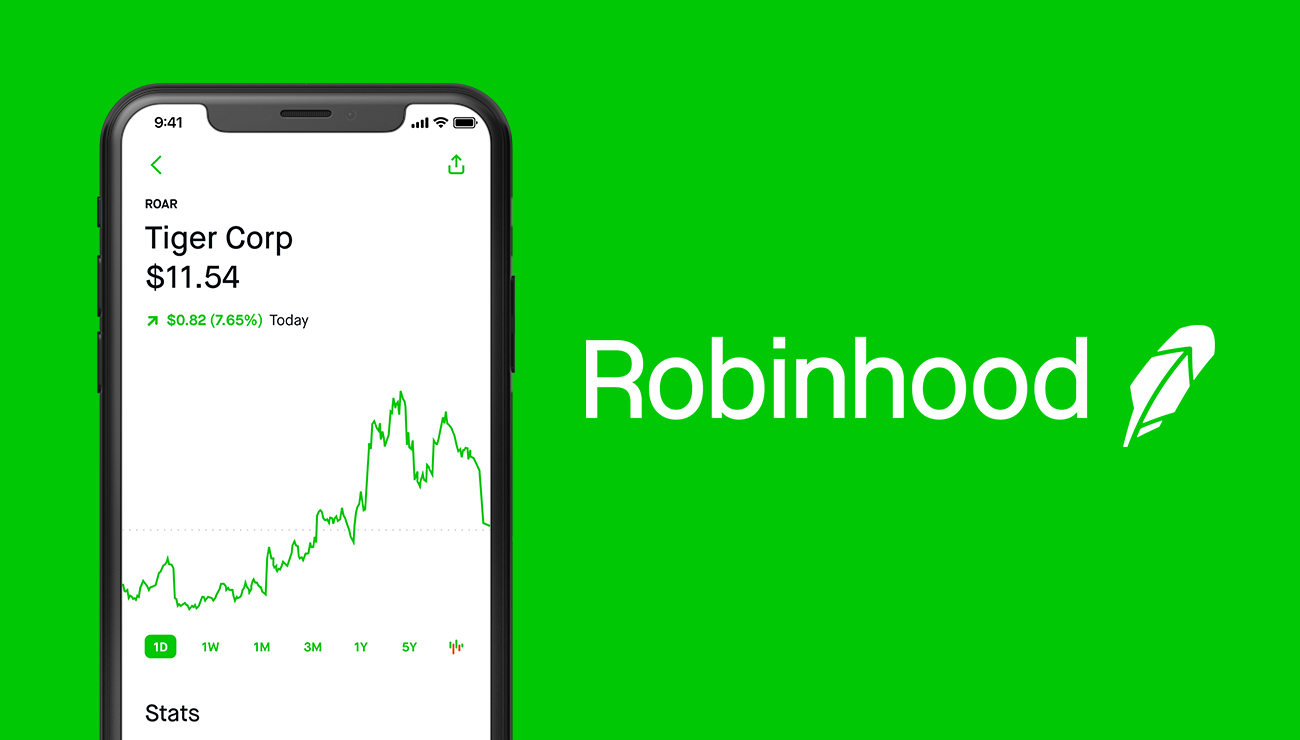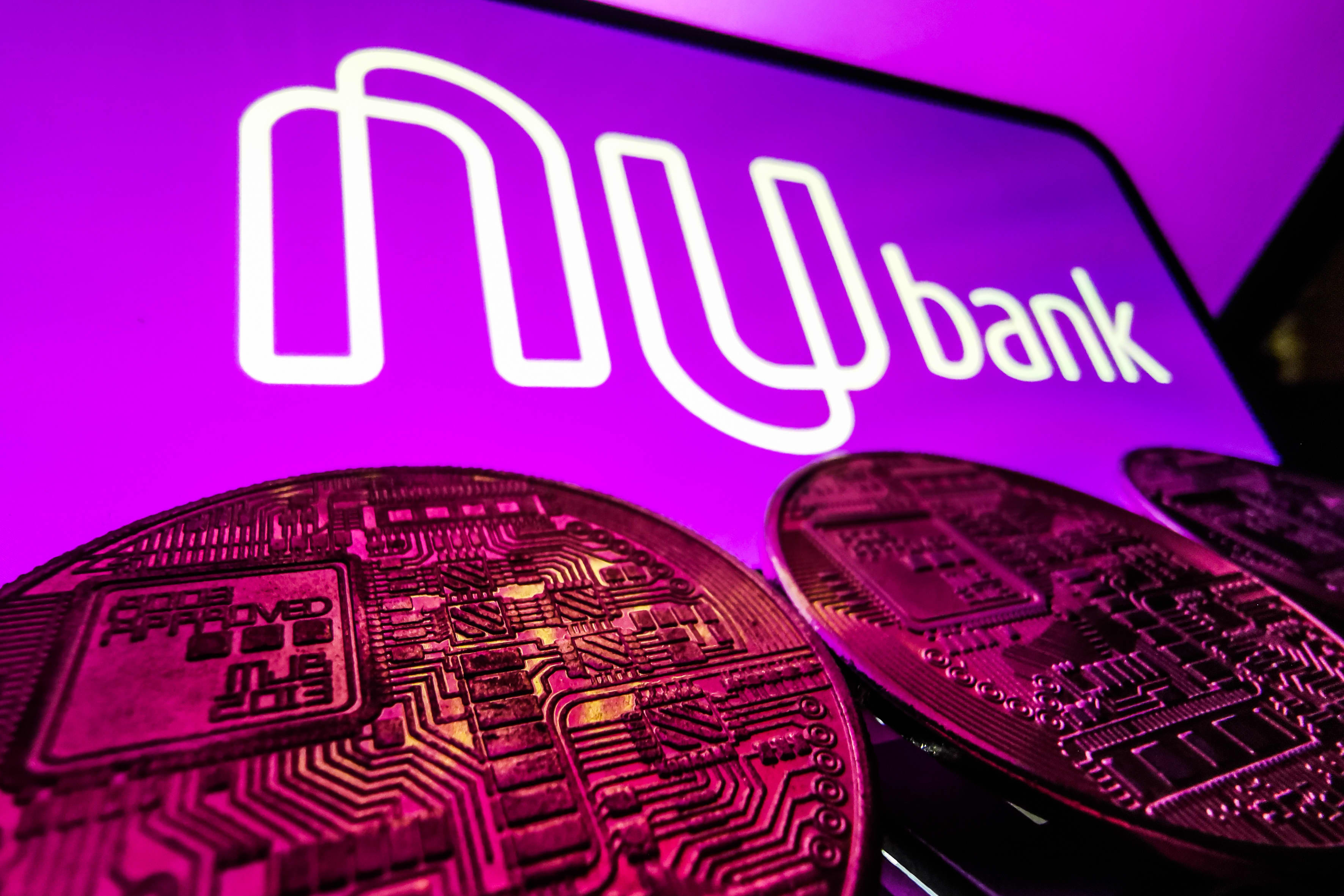Top 10 Best Fintech Companies in 2023

The 21st-century back-end systems of traditional financial companies have technological competition from fintech companies. FinTech spans a wide range of industries and sectors, including retail banking, non-profit fundraising, investment management, and others. To handle financial operations and procedures, FinTech uses software and algorithms. Despite the expansion of FinTech across several industries, the conventional global banking sector continues to receive a lot of attention. As a result of FinTech’s involvement in the creation and use of cryptocurrencies like Bitcoin, India has experienced a major upheaval.
A fintech business creates innovations meant to enhance and automate financial services. Fintech, which makes use of specialized software and algorithms operating on computers and increasingly on mobile devices, helps businesses, people, and governments handle their financial concerns. A combination of “technology” and “financial technology” is referred to as “FinTech”.
The early 21st-century technology that powers financial organizations’ back-end systems is known as fintech. Since then, consumer-oriented services have spread more widely, but the definition has also evolved to reflect this development. Along with education, retail banking, fundraising, non-profits, and investment management, fintech encompasses a wide range of other industries. The term “Fintech” also includes cryptocurrencies like bitcoin. The fintech sector is receiving more attention, but the multitrillion-dollar market capitalizations of international banks continue to be where the real money resides.
Best Fintech Companies in the World: A fintech startup is any company that provides financial services to its clients using cutting-edge technology. Included are services for essential money transfers, automatically managed investments, and insurance. Financial technology has experienced some of the fastest growth in the tech sector over the last ten or so years. Global investments in fintech companies surged significantly between 2012 and 2015. $148 billion was invested in these companies in 2018. The astonishing $215 billion was reached the following year, in 2019.
Below is a list of the top fintech companies in the globe. To make the list more illuminating and less apparent, PayPal, the largest fintech company in the world with a valuation of over $300 billion, has been left off.
1. Robinhood
Customers using Robinhood Markets, Inc., or just Robinhood, an online discount broker and electronic trading platform, may invest in publicly traded firms and ETFs (exchange-traded funds) listed on the US stock market without having to pay exorbitant commission fees. Margin lending and the cash balancing process are Robinhood’s primary revenue streams. In 2015, the company asserted that “millennials,” who were defined as being, on average, 26 years old, comprised approximately 80% of their market. The younger generation is still drawn to it.
To become a unicorn business, Robinhood secured $110 million in April 2017 from well-known VC companies, including DST Global and Greenoaks Capital at a valuation of $1.3 billion. At a $32 billion value, the company announced its first public offering (IPO) in July 2021.
2. Revolut
Revolut, a London-based fintech company, offers a variety of banking and financial services through a single application. Users have access to virtual cards and budgeting tools, and they may send and receive payments in more than 30 different currencies. You may quickly invest as little as $1 with Revolut in stocks, cryptocurrency, and even valuable commodities.
Revolut was founded in 2015 by co-founders Nik Storonsky and Vlad Yatsenko. Three years after its creation, in April 2018, it was granted a Challenger bank license by the European Central Bank. A challenger bank is any small, recently established bank operating in the United Kingdom that competes with the country’s traditional banks by accepting deposits and extending credit. In November 2020, Revolut achieved profitability for the first time.
Tiger Global Management and Softbank Vision Fund contributed $800 million to Revolut’s most recent Series E financing, which was finished in mid-July 2021. Revolut has grown to be the largest fintech company in the UK, with a $33 billion valuation following a financing round.
3. Klarna
The biggest fintech firm in Sweden is called Klarna, or Klarna Bank, and it offers banking and financial services to companies, such as credit payment and debt collection. The company was first founded to offer customers and companies a simpler and more secure payment method. One of the fifteen countries where Klarna offers its services is the United States.
The company is supported by Investment AB refund of Sweden, Sequoia Capital, DST Global, and several other venture capital firms that made early investments in Klarna. Several investors, including the Commonwealth Bank of Australia, the British investment trust Chrysalis Investments, and the American investment management firm Dragoneer Investment Group, contributed $460 million to the business in 2019 at a valuation of $5.5 billion. Thanks to the finance at the time, Klarna became the largest fintech startup in Europe. In July 2021, Klarna completed a $639 million investment round led by Softbank Vision Fund, which gave the company its current valuation of about $46 billion.
4. Square
Square, Inc. is a point-of-sale and mobile payments specialist with headquarters in the US and a business in financial services and technology. Both the software and hardware components of the service are covered. Since Square’s inception, major corporations like Goldman Sachs, Starbucks, and GIC Private Limited—the biggest sovereign wealth fund in Singapore—have all contributed to its support. Angel investors Marissa Mayer and Biz Stone were among the company’s first backers. Square launched its initial public offering (IPO) in November 2015 with a valuation of $2.9 billion. In the 2019 fiscal year, the company made a profit for the first time since 2012.
5. Coinbase
The world’s largest digital currency exchange, Coinbase, which was founded in 2012, underwent a significant transformation as a result of the 2017 cryptocurrency boom. Coinbase is a trading website that enables users to invest in cryptocurrencies like Bitcoin and Ethereum, in case you weren’t aware. Since its establishment in 2012, the business has raised around $217 in investment.
Some of the company’s first supporters include Ribbit Capital, Andreessen Horowitz, and Union Square Ventures. Coinbase’s earnings surpassed $1 billion in 2017. According to SEC filings from the end of 2020, there are 43 million registered users overall for the company. The company, which went public in early 2021, is now valued at $63 billion.
6. Adyen
With its headquarters in the Netherlands, Adyen is a fintech business that enables businesses and merchants to accept payments from customers worldwide via regional payment systems and card networks like VISA and Mastercard. It employs machine learning techniques to provide data-rich insights on transactions and business revenue optimization. By creating additional offices in London and San Francisco in 2011, the company started turning a profit and started to expand internationally. Adyen completed more than $50 billion in transactions in 2015 and $90 billion in transactions in 2016.
Temasek Holdings, General Atlantic, and Index Ventures, three renowned venture capital and private equity firms, all back Adyen. It became public in June 2018.
7. Stripe
Stripe, a payment processing solution, allows developers and business owners to securely take payment for their services. It was started in 2009 by two Irish brothers, Pattrick and John Collison. The first important round of funding for Stripe in 2011 was $2 million from Peter Thiel, Elon Musk, and others (the co-founders of PayPal). Once the company’s valuation hit $1 billion in 2014, it was dubbed a unicorn. Stripe has also made a small number of its investments.
It invested heavily in Monzo, a challenger bank with UK headquarters and a $4.5 billion market cap at the moment. In 2013, it bought the task-management and group-work software Kickoff. In 2020, Stripe acquired the Nigerian payment processor Paystack to expand its business in that continent.
Two of the most well-known venture capital companies in the world, Sequoia Capital and General Catalyst, invested $250 million in the business at a $35 billion value. Stripe has risen quickly in the fintech sector as a result of its overall technological supremacy over its competitors. The insurance companies Allianz SE, AXA SA, and Fidelity Investments led a $600 million funding round that Stripe finished in March 2021. Other multinational financial services companies joined them. The investment increased Stripe’s valuation to $95 billion, making it the most valuable fintech company in the country.
8. Ant Financial
Ant Financial, formerly known as Ant Group, is the biggest provider of financial technology in the world. It was established in 2014 and is a Chinese subsidiary of the Alibaba Group. Ant Financial is the owner of Alipay, one of the largest online payment platforms in the world. Zhima Credit, a private credit rating system, and Yu’e Bao, a well-known money market fund, are two additional financial services that Ant manages. 2015 saw a significant $4.5 billion investment in Ant Group from some of the largest Chinese financial institutions, including China Investment Corp., China Development Bank Capital, and Chila Life. The investment gave the corporation a value of $45 billion.
In October 2020, Ant Financial was scheduled to go public, making it perhaps the largest IPO in history. The company would have raised $34.5 billion if it had been valued at $313 billion. However, the Chinese regulators chose to abandon the IPO. The continued regulatory pressure is harming the company’s worth. In February 2021, Ant Financial will have a market value of $144 billion.
9. Chime
San Francisco-based Neobank Chime, a bank that solely does business online, provides its customers with financial services free of startup fees and recurring expenses. Nearly all of its revenue comes from the interchange fees it charges retailers to process credit and debit card transactions. One million users were registered by the company in 2018; 6.8 million users were added the following year. In February, it surpassed 2020’s 8 million mark.
Chime raised $200 million in March 2019 at a $1.5 billion valuation, turning it into a unicorn (startups valued at more than one billion dollars). Chime secured $750 million in August 2021 from Sequoia Capital at a value of $25 billion. The company plans to raise money starting in January 2022 with an anticipated $40 billion initial public offering (IPO).
10. NuBank
NuBank is now the largest fintech firm in Latin America. It offers a wide range of other banking services in addition to a free digital-only account, credit cards, life insurance, and personal loans. Users of NuBank’s mobile app can apply for and manage credit cards, keep track of transactions, block cards, and tighten spending limits. As of January 2021, NuBank calculated that there were 35 million customers in Brazil alone.
2018 saw NuBank reach a valuation of over $1 billion, making it a unicorn business. Sequoia Capital, Goldman Sachs, Berkshire Hathaway, DST, and internet behemoth Tencent are just a few of the largest investment management and venture capital firms that are backing it. Early in December 2021, the company went public with a $41.5 billion value. According to sources, NuBank raised about $2.6 billion by selling a small portion of its interest through an IPO.
The Development of Fintech
The infrastructure needed to enable worldwide financial services is being built during this phase. The first electronic fund transfer system, which made use of telegraph and Morse code technology, was made possible by the first transatlantic cable (1866) and Fedwire (1918) in the USA. Although it was simple by today’s standards, the capacity to conduct financial transactions across a greater distance was revolutionary at a period when infrastructure and transportation were emerging.
The introduction of the first ATM by Barclays in 1967 signaled the beginning of this period, which is characterized by the transformation of money from analog to digital. The first digital stock market in the world, NASDAQ, was founded in the 1970s, along with SWIFT (Society for Worldwide Interbank Financial Telecommunications), a system for financial institutions to communicate with one another that facilitated a high number of international transfers.
The development of bank mainframe computers during the 1980s—along with a “Gordon Gecko” sense of Wall Street fashion—kept this period alive. and as online banking expanded during the 1980s, people’s business practices changed, changing how they saw financial institutions as a result of the online revolution. The first steps toward digital banking were taken in the 1990s when connected customers began to manage their money in various ways. When PayPal was introduced in 1998, it was a prelude to the new payment methods that would emerge as society grew more reliant on the internet.
The economy appeared to be doing well, leading the then-UK Chancellor Gordon Brown to proclaim the “end of boom and bust.” However, this specific bust—the global financial crisis of 2008—was what put an end to this age of fintech and ignited the innovation that would characterize the one that followed. The loss of confidence in banks following the financial crisis, along with legislative reform, makes the market more accessible to new suppliers. The first blockchain-based cryptocurrency, Bitcoin, was created in 2009. As more people adopt smartphones, mobile devices will increasingly be used to access the internet and other financial services.
The start-up era has arrived, spurred on by consumers’ and investors’ desire for innovation in new goods and services. The shift away from the established banks of the Fintech 2.0 era has been the defining feature of Fintech 3.0. Even established banks are beginning to act and brand themselves like start-ups. To facilitate the development of digital banking products using Open Banking, which grants access to financial data to outside companies, new technologies have emerged.
Platforms for banking as a service (BaaS), such as Treezor and SolarisBank, have made it simpler for banks and other financial institutions to move away from complex legacy systems so they may start “neo-banks”—digital banks that have formed intending to enhance the client experience. Someone threw a cable under the Atlantic in 1886, which marked the beginning of Fintech 1.0 and the way that banks conduct business today. The previous fintech eras didn’t travel much farther than that wire under the ocean in terms of geography, with the majority of development occurring in the industrialized world, primarily in Europe and the USA.
To take into consideration the modifications in consumer behavior and internet availability in the developing world, Fintech 3.5 has been established. China and India, which are the two nations that use fintech the most, are the farthest away from this cable. These nations have been able to accept new ideas more quickly than their Western counterparts because they are not encumbered by the physical banking infrastructure that the west has.
It’s a little challenging to look into a crystal ball and predict the future as the world is currently recovering from a serious pandemic. Venture Capital fintech funding decreased by $6.1 billion as of May 2020, reaching its lowest level since the first quarter of 2019. The way we engage with banks and insurance firms is about to change as a result of machine learning, which is intended to improve client relationships by creating “segments of one.” Financial institutions may target people in this way to provide them with tailored support and offers that are tailored to their behavior and will improve their experience.
German electronic bank While their rival Revolut is working on a machine learning solution to assist users in budgeting based on their past 3-6 months of expenditure, N26 is already providing customized offers like discounts with flexible workspace WeWork and online vacation booking site GetYourGuide. This development is not merely applicable to the financial industry.
Machine learning will be used by insurance firms to expedite the processing of insurance claims. Insurer Ping An has developed a system that automatically resolves claims using an algorithm that determines the type of car involved and the extent of the damage before sending over an offer to settle the claim right away. This is already happening in China.
Through a wave of integrated payment providers, fintech is poised to transform how money is collected and managed for both online and offline businesses, whether they are retailers, gyms, or plumbers. To provide these industries with a fully integrated system on which to manage their businesses, platforms like Shopify for e-commerce, Housecall Pro for plumbers, and Mindbody for yoga studios are in a unique position to offer payments to their customers.
While new digital banks can provide customers with a distinctive perspective on their money, these integrated platforms can add payments as an extra component to an already robust system of company administration. You can handle bookings, stock levels, and payments using one system, which can provide insightful data that offers business owners crucial knowledge about how their enterprise is operating.
When businesses like Lightspeed POS start to provide their payment solutions (in this case, Lightspeed Payments), they can collect a much higher level of revenue from their customer base and expand as their clientele does. Some of these platforms had previously offered payments through a third-party provider.![Fintech Startups In India] Factors Driving The Growth Of Fintech Industry In India](https://thestartuplab.in/wp-content/uploads/2021/07/Factors-Driving-The-Growth-Of-The-Indian-FinTech-Industry.png)
These providers can control a market by creating industry-specific solutions to address the particular problems faced by their clients by adding payments on top of a broader base of sector-specific tools. The technologies we use to manage our money are likely to be supported in the future by personalization and automation of systems that enhance the customer experience and promote the concept of the “segment of one.”
Edited by Prakriti Arora




